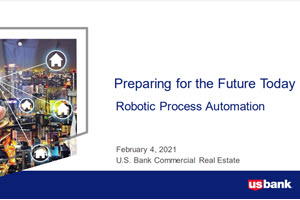As consumer preference for digital payment options increase, so does the likelihood of data breaches, ransomware, hacking and other fraud events. According to an IBM study, the average cost of a data breach in the U.S. is $9.44 million and the average cost of a ransomware attack is $5.54 million.
In addition to direct financial costs, cybercrime events also increase the risk of additional costs related to compliance violations that are typically revealed after data is compromised. Businesses that want to protect their brand need to ensure that their payment data and digital transactions are secure with solutions that reduce both business and compliance risk.
Point-to-point encryption, also known as P2PE, is a technology that encrypts cardholder data at the point of checkout, in-person or online. Encrypted payment data bypasses the businesses' payment environment and is sent directly to the processor where it is decrypted. Using a combination of secure devices, applications, and processes, encryption turns sensitive payment information into an unreadable code, removing any value to the cybercriminals.
P2PE technology provides a layer of security that:
Safeguards from the point of entry
P2PE encrypts cardholder data in the card reader, protecting the data from attacks that target payment data at the point of acceptance.
Secures data in transit
Encrypted data can safely be transferred over the network to a secure payment gateway that transmits the data to a processor to complete the transaction authorization. Encrypted data can be tokenized and returned to the merchant where it can be safely stored in the merchant's environment for future payment transactions.
Reduces PCI DSS validation scope
By instantly encrypting data in motion rather than storing it within a business’ systems, PCI validated P2PE reduces the scope (and associated resources and costs) for PCI DSS compliance validation.
P2PE solution providers offer a range of services that include:
Managing the encryption process at the point of transaction (the first "point" in "point-to-point encryption")
Maintaining application security elements such as encryption software
Managing effective installation and use of the provider's solution
Monitoring decryption environment requirements concerning cryptographic security
Managing cryptographic key operations that perform encryption and decryption





























